Kingdom Bacteria | Scientific name Bacillus pumilus Rank Species | |
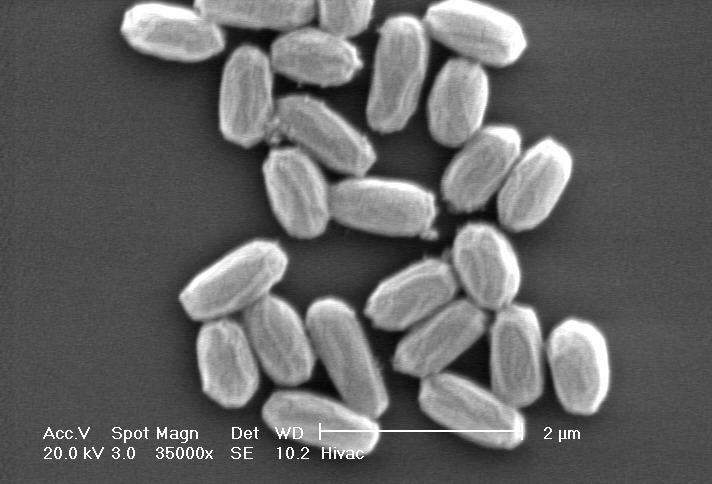 | ||
Similar Bacillus, Bacteria, Bacillus licheniformis, Bacillus megaterium, Bacillus amyloliquefaciens | ||
Bacillus pumilus is a Gram-positive, aerobic, spore-forming bacillus commonly found in soil.
Contents
B. pumilus spores—with the exception of mutant strain ATCC 7061—generally show high resistance to environmental stresses, including UV light exposure, desiccation, and the presence of oxidizers such as hydrogen peroxide. Strains of B. pumilus found at the NASA Jet Propulsion Laboratory were found to be particularly resistant to hydrogen peroxide.
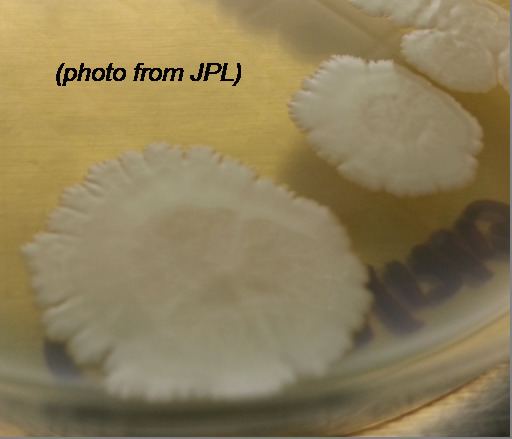
A strain of B. pumilus isolated from black tiger shrimp (Penaeus monodon) was found to have high salt tolerance and to inhibit the growth of marine pathogens, including Vibrio alginolyticus, when cultured together.
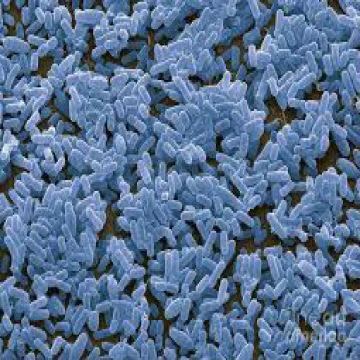
Genome and cell structure
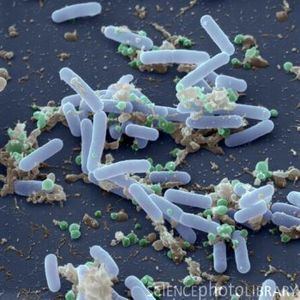
B. pumilus contains one circular chromosome including about 4000 genes and 3600-3900 proteins with varying length in the range of 3.7 to 3.8 Mbp. 41% of the DNA base pairs in B. pumilus are G-C. The cellular structure of B. pumilus is similar to other Bacillus species such as B. subtilis, B. megaterium, and B. cereus, the outer layer of the peptidoglycan cross-links in B. pumilus is covered by teichoic and lipoteichoic acids same as the most other Gram positive bacteria. These acids contain polyglycosyl phosphates with mono- and disaccharides as their monomers that can play a role in adhesion to different surfaces like the host cells. On the other hand, these phosphate groups on the surface of B. pumilus can provide net negative charge on the cell surface that allowing to capture some essential cations such as Ca2+ and Mg2+ that are necessary for cell life.
Agricultural use
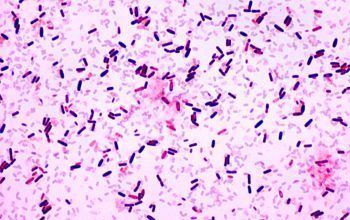
Bacillus pumilus strain GB34 is used as an active ingredient in agricultural fungicides. Growth of the bacterium on plant roots prevents Rhizoctonia and Fusarium spores from germinating.
See also


